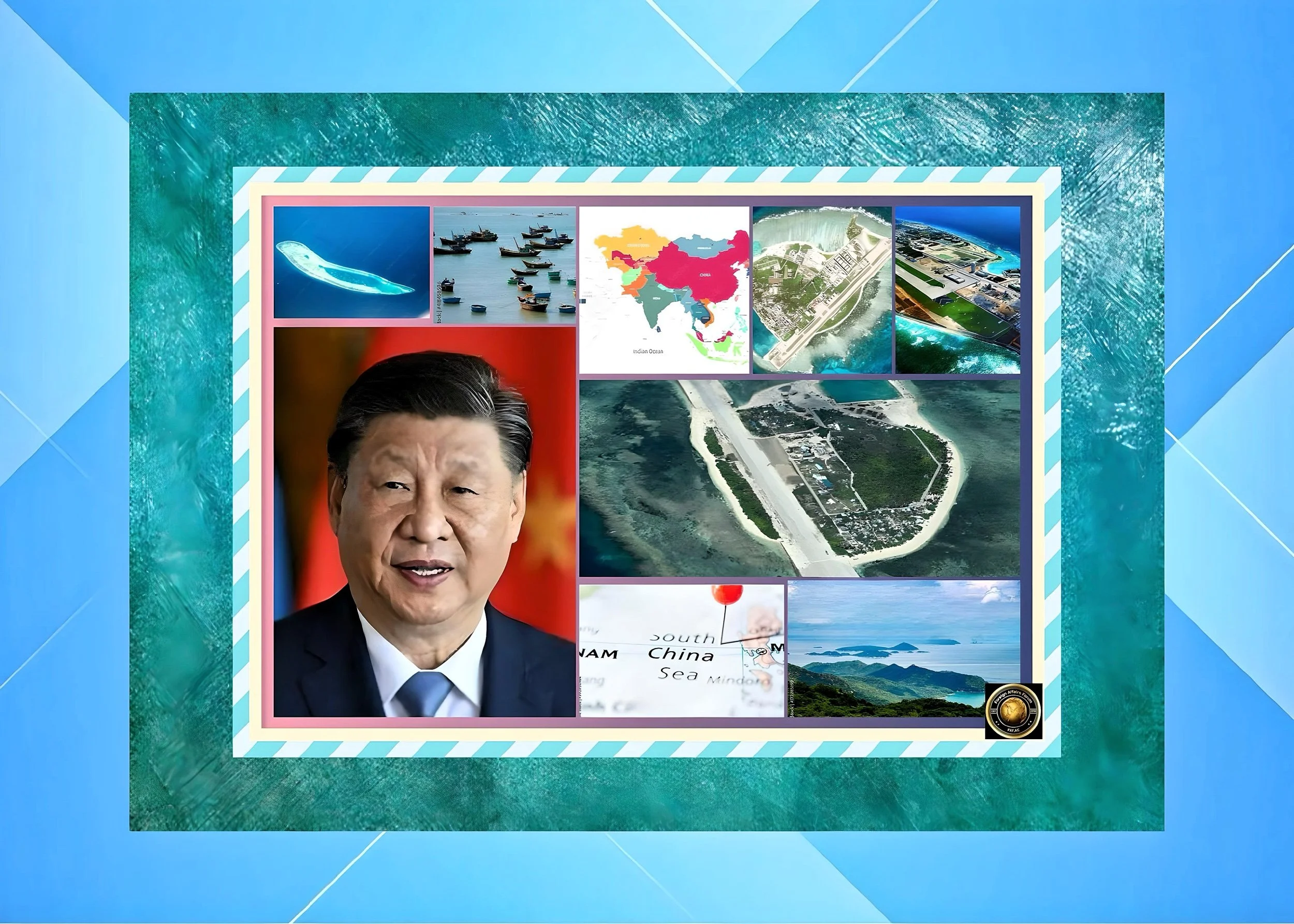Japan’s Major Selloff of US Treasury Bonds: Causes, Impacts, and Global Implications
Introduction
Japan has significantly reduced its US Treasury holdings, creating ripple effects across global markets and raising questions about the future of the US dollar's dominance.
This selloff represents one of the most consequential financial developments in 2025, with implications for international trade relations, monetary policy, and investment strategies worldwide.
The Scale and Timing of Japan’s Treasury Selloff
Japan has dramatically reduced its holdings of US Treasury bonds, though it hasn’t completely exited the market. The scale of this reduction has been substantial:
Japan slashed its US Treasury holdings by $119.3 billion in a single quarter, marking the steepest quarterly drop since 2012
Over three years, from January 2022 to January 2025, Japan’s total US Treasury holdings decreased from $1.29 trillion to $1.07 trillion, a reduction of approximately $220 billion
In just the first two weeks of April 2025, Japan sold over $20 billion in US government bonds - $17.5 billion in the week ending April 4, followed by an additional $3.6 billion the following week
This sustained selloff has resulted in Japan ceding its position as America’s largest foreign creditor to China, marking a significant shift in the global financial landscape.
Impact on US Financial Markets
The consequences of Japan’s Treasury selloff have been far-reaching for US financial markets:
Bond Market Disruption
The selloff contributed to a spike in yields on 10-year US Treasury bonds to 4.592%, marking the most significant weekly increase since 2001
Yields on the 10-Year Treasury rose from 4.29% to 4.46% in a single day during the market turbulence
The 30-year yield moved up to 4.90% from 4.84%, reflecting broader pressure across the yield curve
Stock Market Reaction
The panic in the US bond market spilled over into equity markets, with the S&P 500 index plunging by 12% within four trading days following Trump’s April 2 tariff announcement
The MSCI World Index saw a decline of 4.15% in March and fell an additional 9.4% in April, under pressure from US trade tariffs
The combined effect erased approximately $1.7 trillion in US market value almost overnight
Economic Implications
Higher yields increase US debt servicing costs, potentially raising them by $270 billion annually by 2027, according to Congressional Budget Office warnings
The Dollar Index dropped 2.1% in just two weeks as central banks trimmed their dollar reserves
Market volatility has increased borrowing costs for American households and businesses
Motivations Behind Japan’s Treasury Selloff
Several factors appear to be driving Japan’s decision to reduce its US Treasury holdings:
Trade Tensions and Tariff Disputes
Former US President Donald Trump’s announcement of a 25% tax on automobile imports and a reciprocal 24% tariff on additional Japanese products posed a significant threat to Japan’s export-driven economy
These trade policies have created tension between the two nations, potentially motivating Japan to use its financial leverage
Domestic Economic Priorities
Japan needs liquidity to support domestic spending initiatives, including stimulus packages designed to boost wages and offset rising living costs
Japanese institutions such as the Government Pension Investment Fund and major banks may be selling foreign assets to generate cash for domestic priorities
Currency Management
The Japanese yen had weakened significantly against the dollar, trading at nearly 160 yen to a dollar at one point (the highest in decades)
Selling US Treasuries and converting proceeds to yen could help strengthen Japan’s currency and stabilize its economy
Portfolio Diversification
Japan may be shifting toward a more diverse array of investments to reduce dependency on US debt
This strategy aims to minimize financial losses before potential value drops as US interest rates fluctuate
Where Japan Is Investing Now
As Japan reduces its US Treasury holdings, it appears to be redirecting investments in several directions:
Domestic Japanese Government Bonds (JGBs)
International investors acquired approximately 2 trillion yen ($15 billion) in JGBs with maturities exceeding ten years in March 2025, the highest figure recorded since tracking began in April 2004
The yield on the 30-year JGB reached 2.76% after experiencing considerable fluctuations due to tariff-related news
European Bonds
Japanese investors purchased 1.68 trillion yen in European bonds in February 2025, the most significant amount since August 2020
This included 542.5 billion yen in German bonds and 621.6 billion yen in French bonds
Alternative Assets
Japan is reportedly exploring regional settlement systems denominated in yen, particularly with ASEAN nations
There may be increased interest in gold, other foreign currencies, or potentially digital assets as part of diversification efforts
Trump’s Response to Japan’s Actions
Donald Trump’s reaction to Japan’s Treasury selloff has been complex and evolving:
Initial Denial and Subsequent Action
Trump’s initial response was characterized as “public denial” despite “private panic” in Washington
As market turmoil intensified, Trump declared a 90-day suspension of tariffs for most nations, though he increased tariffs to 125% for China
This suspension appears to be directly connected to the bond market’s reaction and subsequent financial instability
Continuing Trade Pressure
Despite the market reaction, Trump has maintained aggressive trade posturing, demanding tariff exemptions in exchange for strategic technology partnerships
This approach places Japan in a difficult position, as it must balance trade access with its technological advantages, particularly in areas like EV batteries
Economists’ Perspectives
Financial experts and economists have offered various interpretations of Japan’s Treasury selloff:
On Market Impact
Stefan Angrick of Moody’s Analytics downplayed the immediate market impact: “In the scale of the Treasury market, the numbers are not very large.”
However, PIMCO’s chief economist Tiffany Wielding warned “Losing stable buyers like Japan increases Treasury volatility and weakens global faith in the US fiscal trajectory.”
On Japan’s Motivations
Tomoaki Shishido of Nomura Bank suggested the selloff could be “part of efforts to rebalance portfolios or reduce interest rate risk.”
HSBC’s Frederick Noman characterized the move as “a clear hedging strategy against future US fiscal instability.”
On Broader Market Sentiment
Francesco Pesole, ING FX strategist, noted: “The ‘sell America’ scenario is becoming tangible again, as Treasuries and US equities are under pressure. That can be a very toxic combination for the dollar.”
Michael Field of Morningstar observed: “There is a real fear among investors about the damage this trade war could cause the economy. Bond prices falling and yields rising is just a reflection of this.”
Is China Following Japan’s Example?
In China, there are several relevant developments:
China’s Position as US Creditor
China has now surpassed Japan as America’s largest foreign creditor
This suggests China has maintained or potentially increased its US Treasury holdings while Japan reduced its exposure
Broader De-Dollarization Trends
Since 2022, the dollar’s share of global reserves has declined from 59% to 54%, according to IMF data
Central banks in various countries, including Malaysia, Brazil, and Saudi Arabia, have reportedly trimmed their dollar reserves
China’s Domestic Bond Market
The Chinese Government Bond market has reportedly come to resemble Japan’s during its “lost decades.”
Some analysts suggest China may be experiencing its own “Japanification” scenario, with yields tracking lower
Conclusion
Japan’s significant reduction in US Treasury holdings represents more than just a financial transaction—it signals a potential shift in the global economic order.
While Japan hasn’t completely abandoned the US bond market, its actions reflect growing concerns about US fiscal stability, trade policies, and the need to prioritize domestic economic interests.
The market response has been substantial, with increased yields, stock market volatility, and questions about the dollar’s future dominance.
Trump’s trade policies appear to have contributed to Japan’s decisions, though he has moderated some tariff positions in response to market instability.
Whether this marks the beginning of a broader de-dollarization trend remains to be seen.
Still, the implications extend far beyond bilateral US-Japan relations to the fundamental structure of the global financial system.






